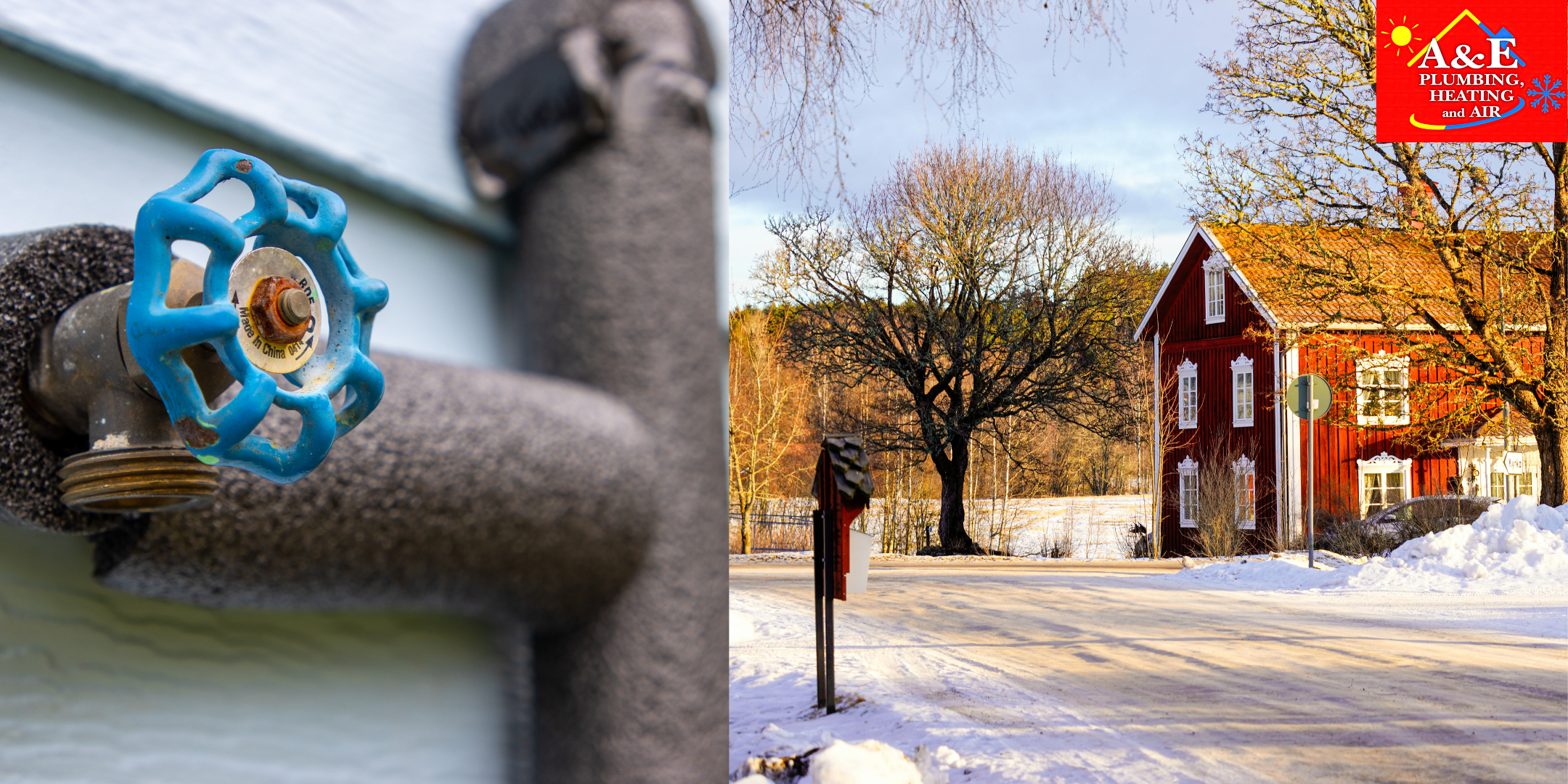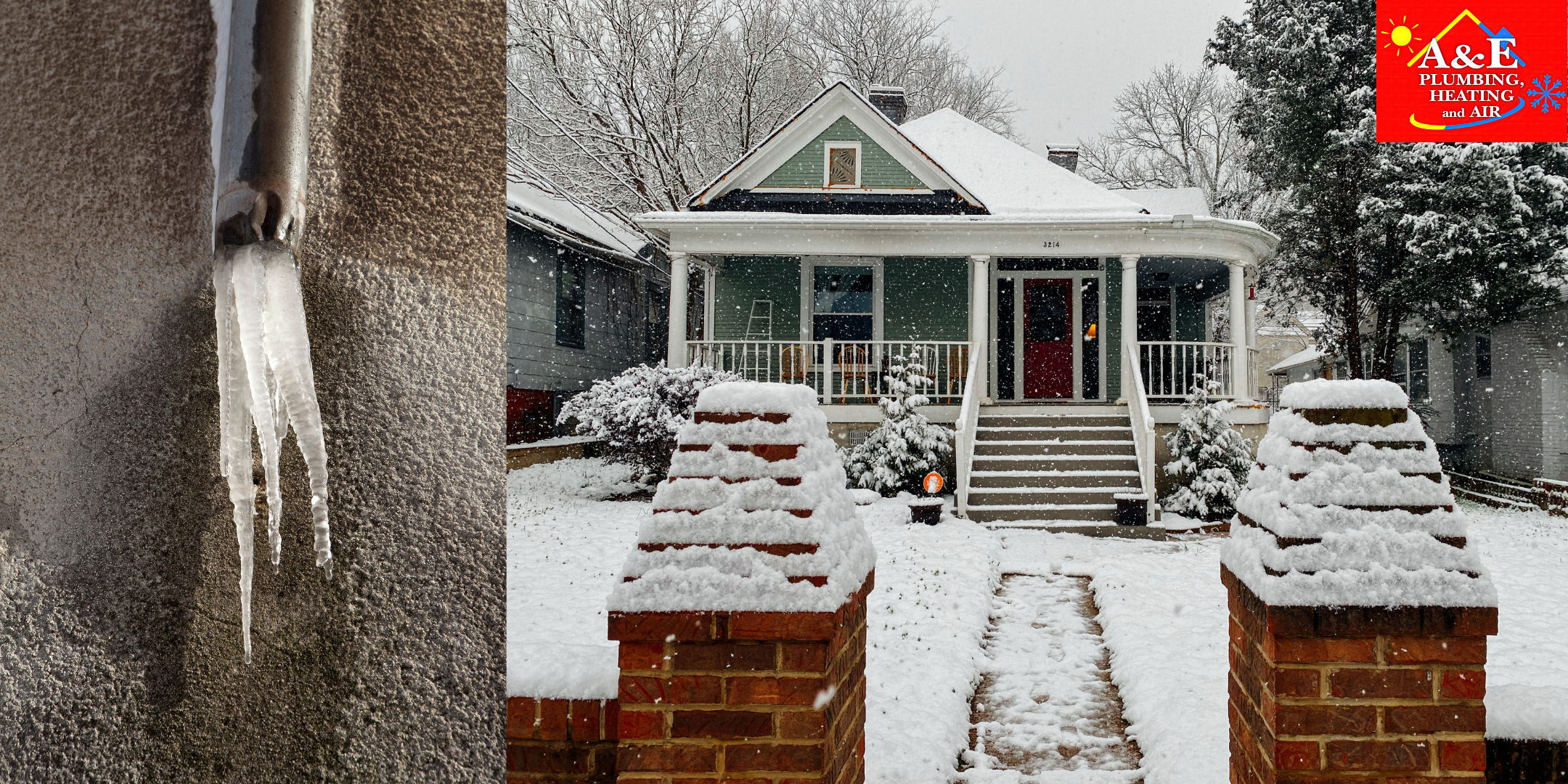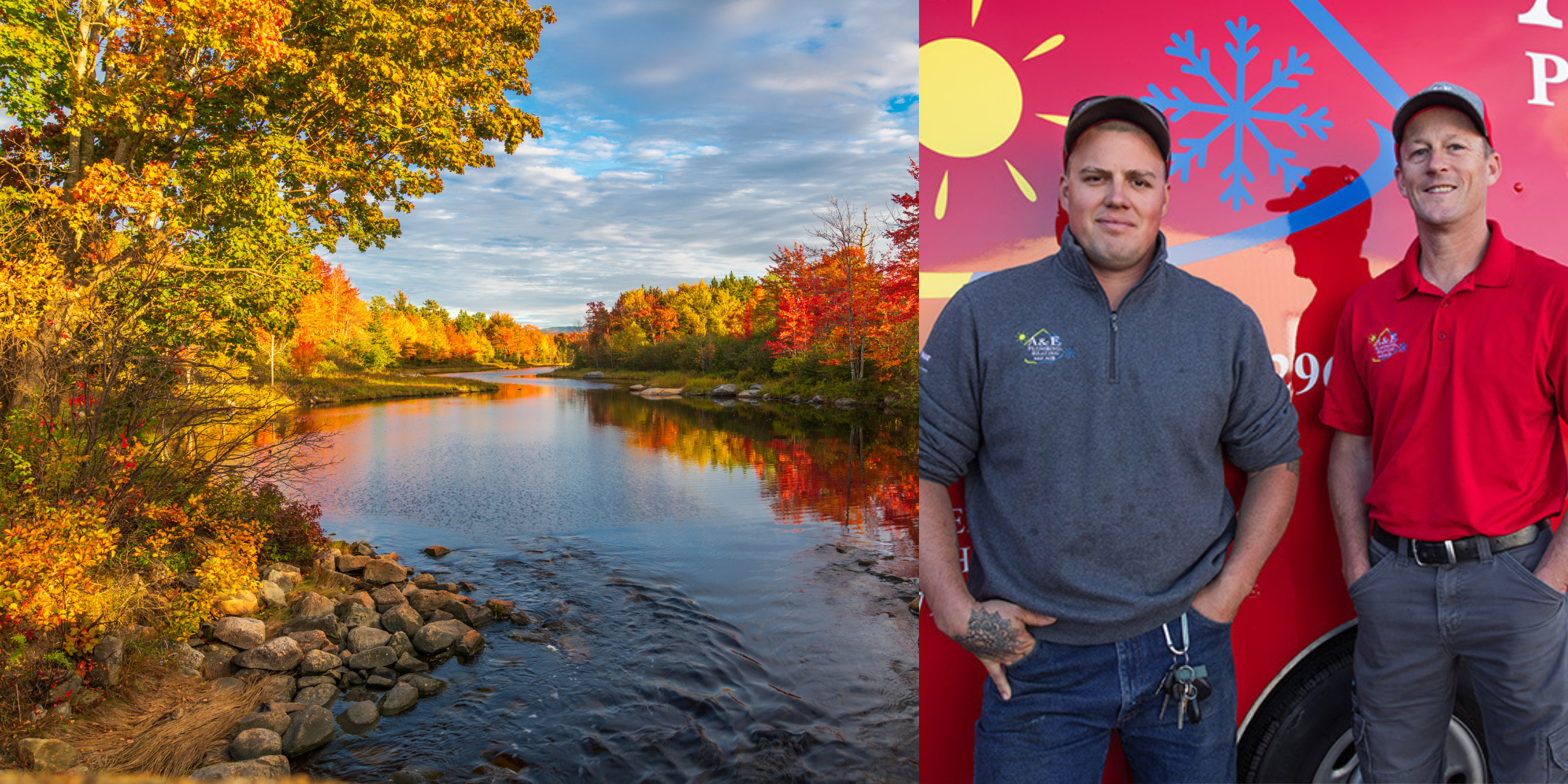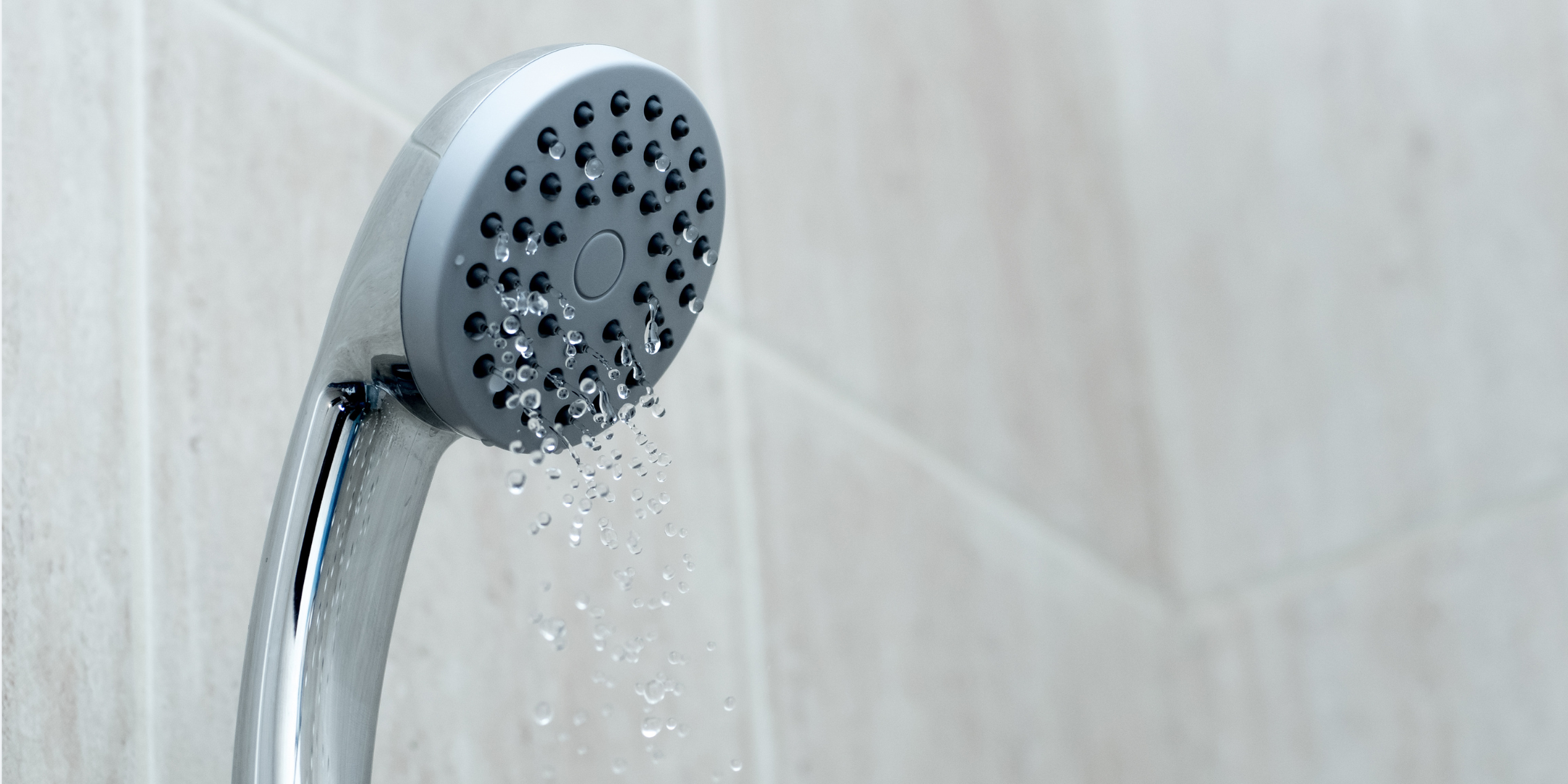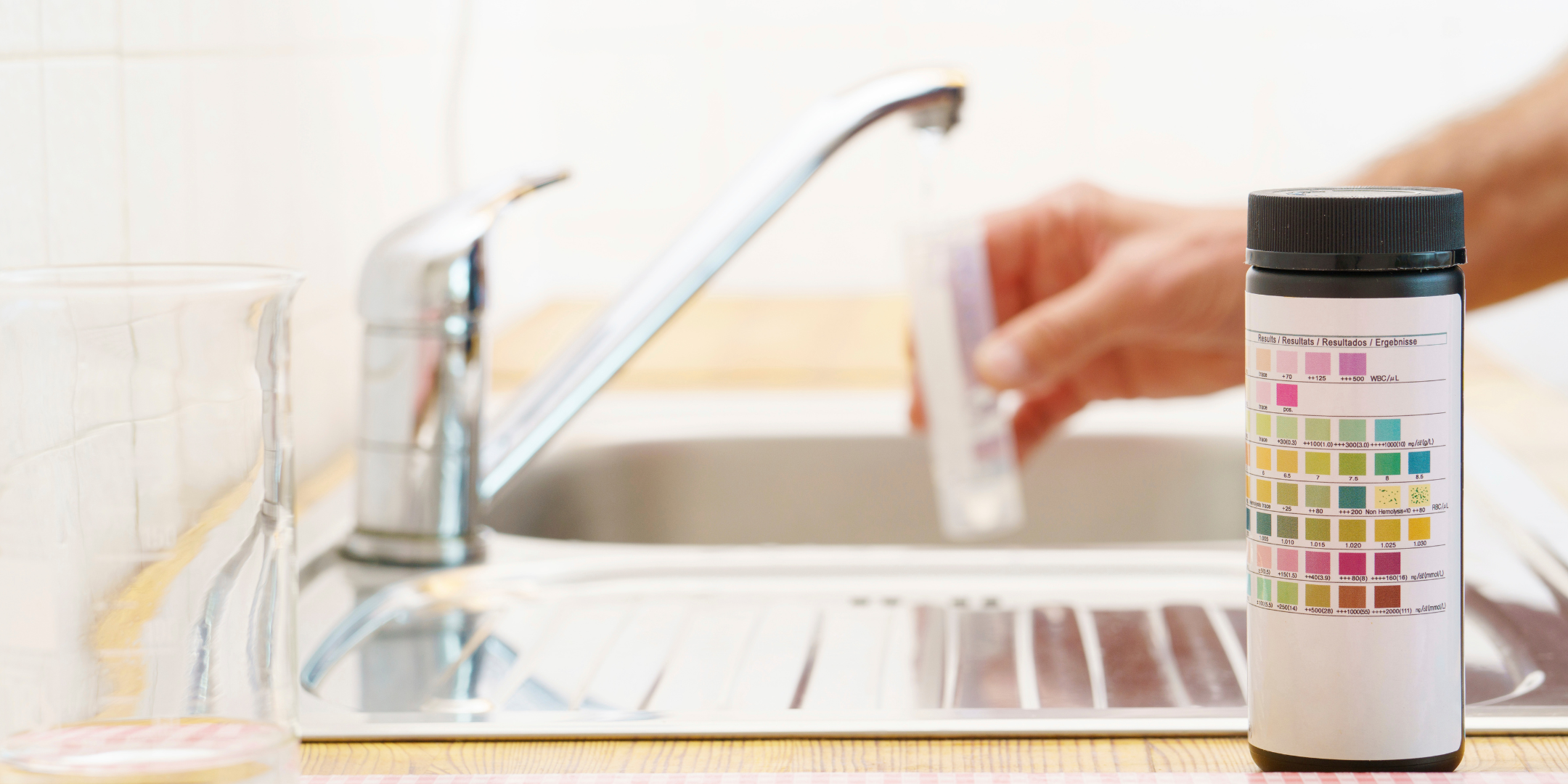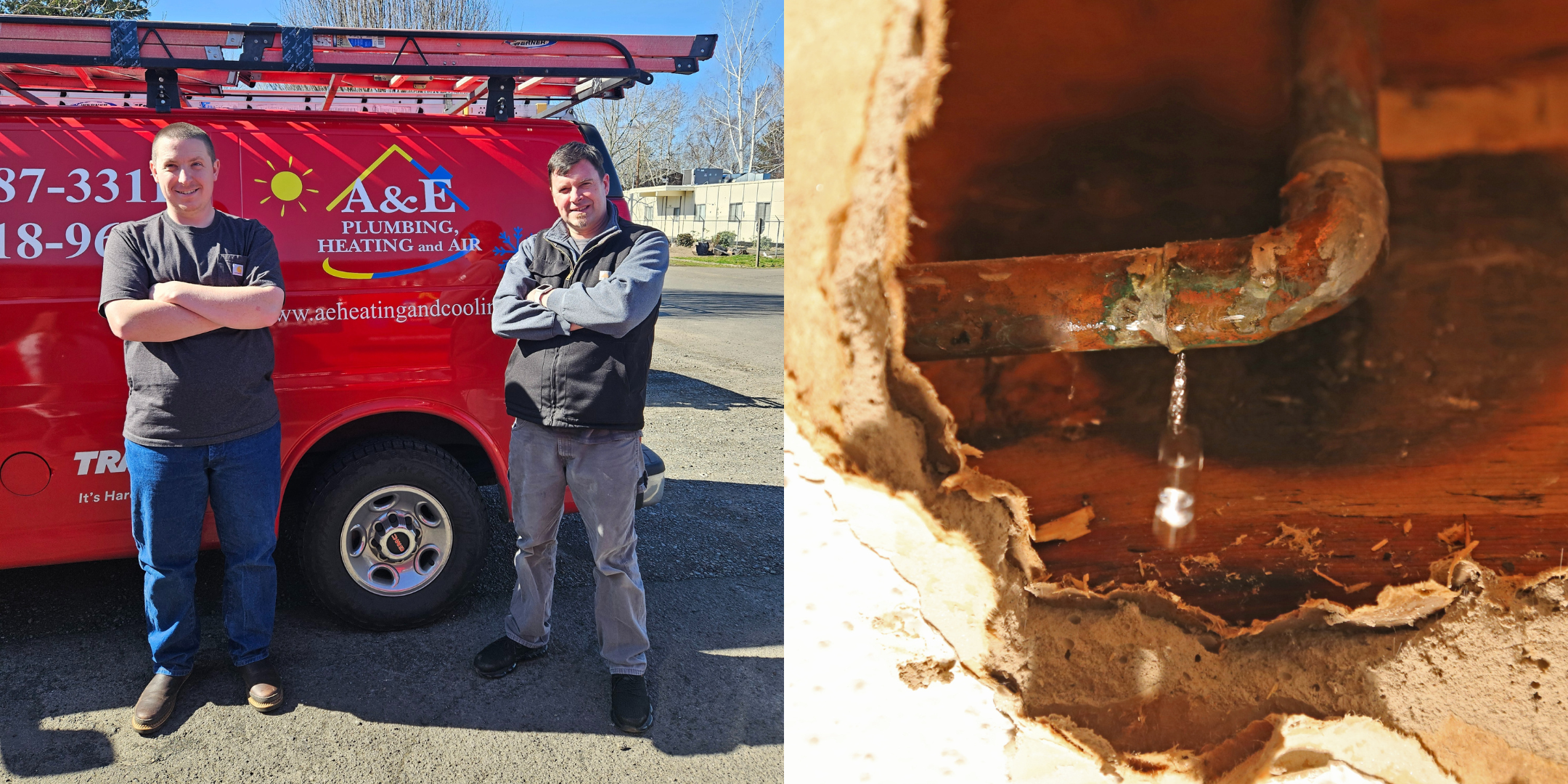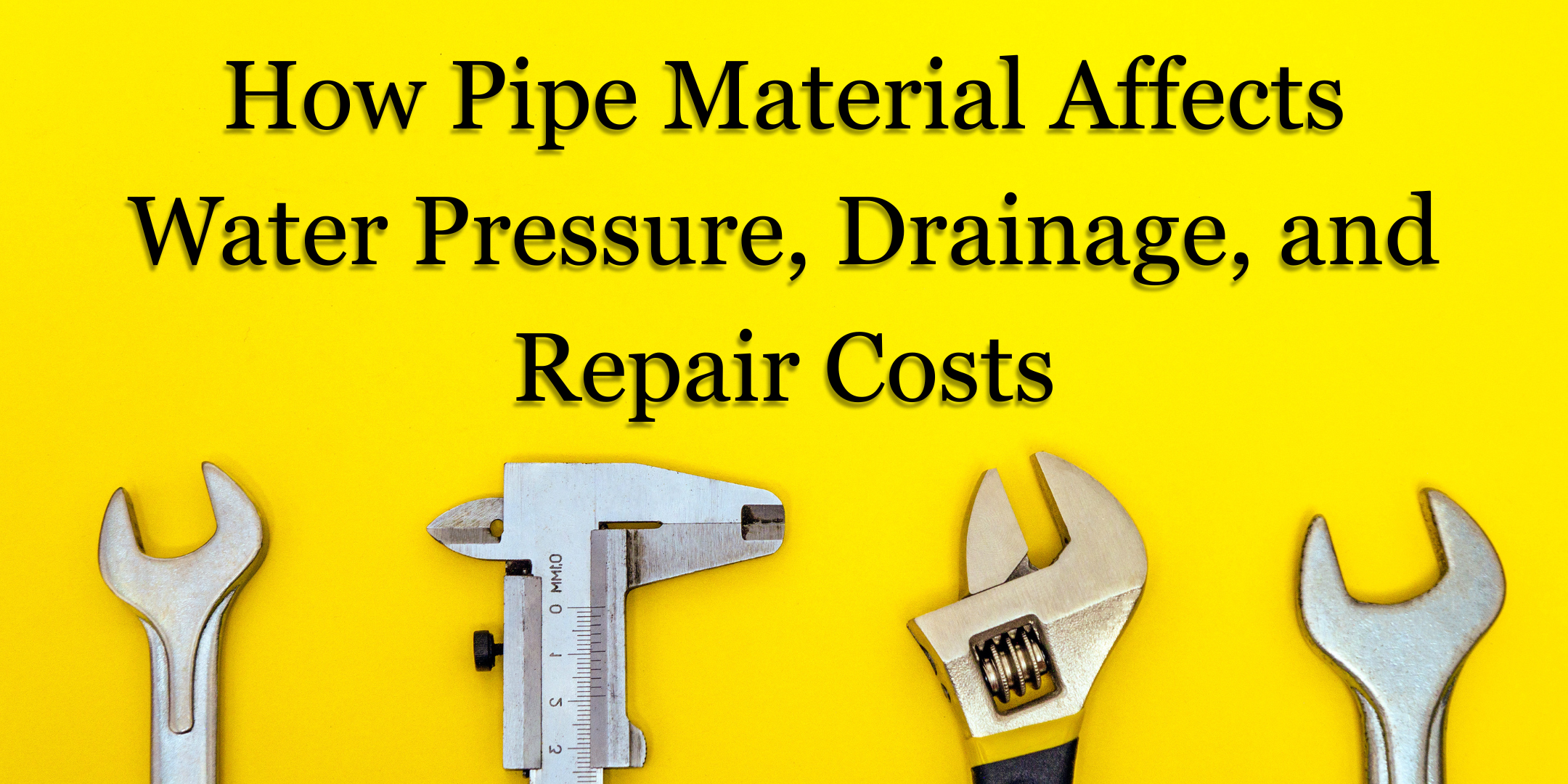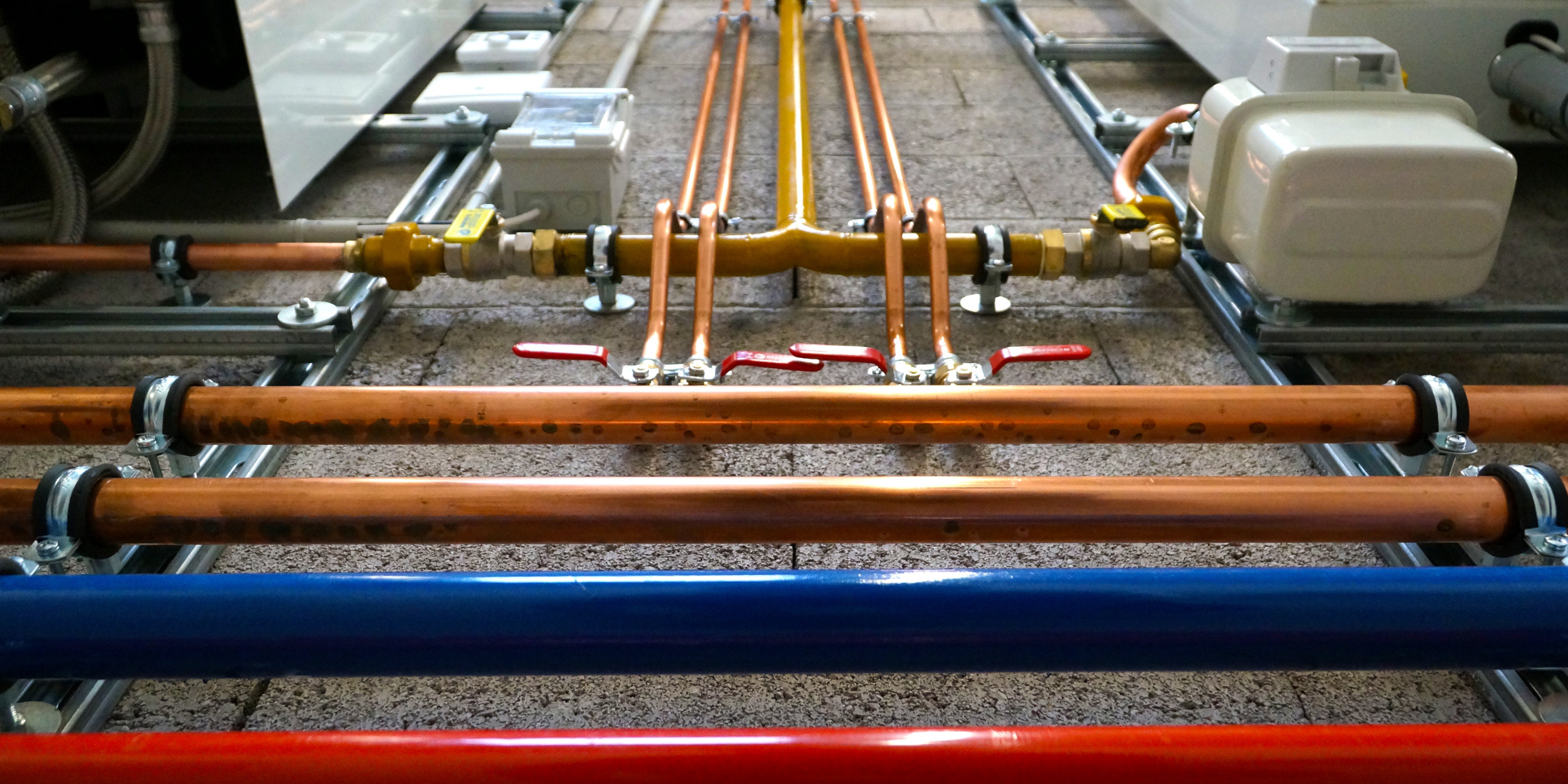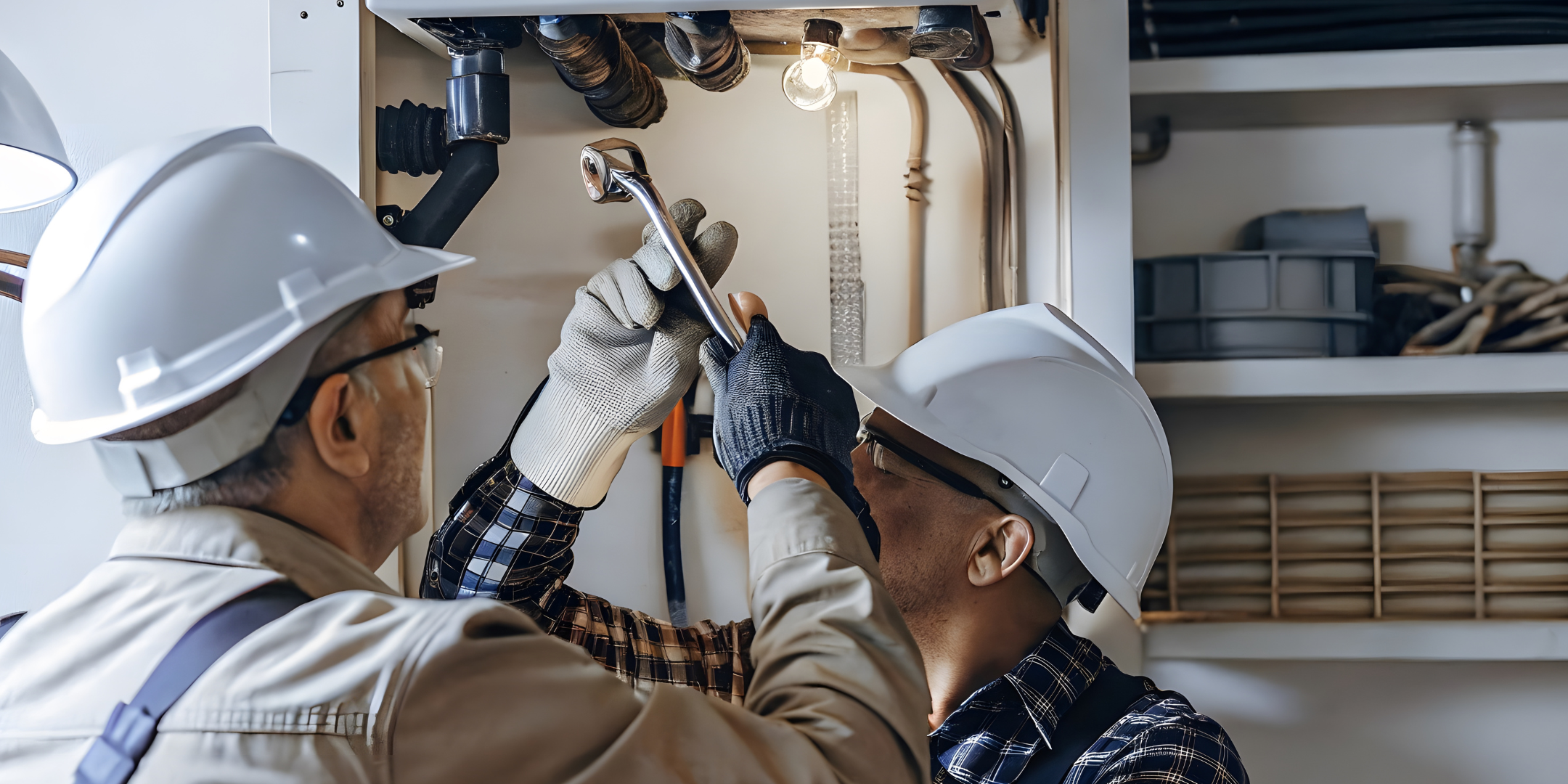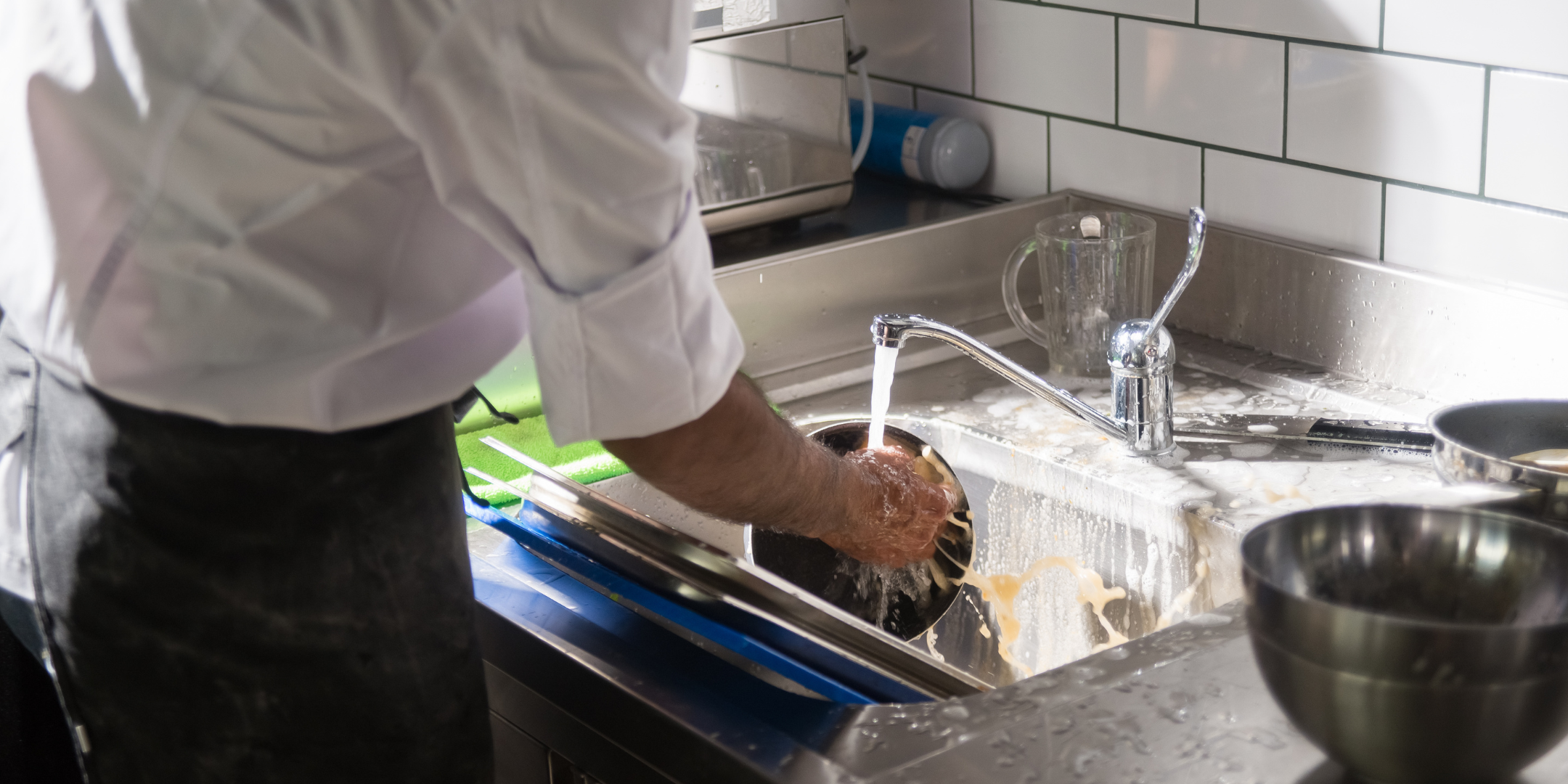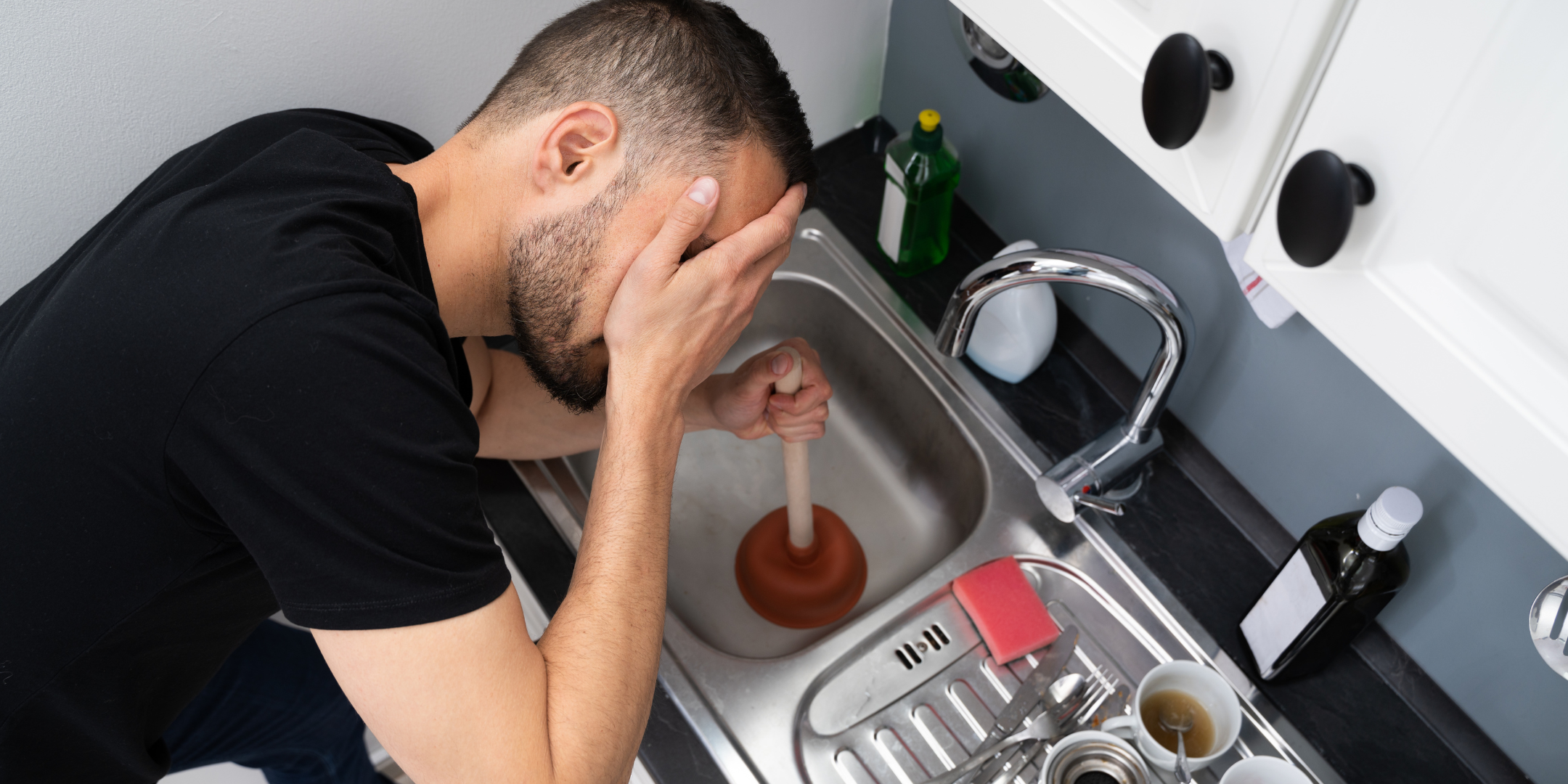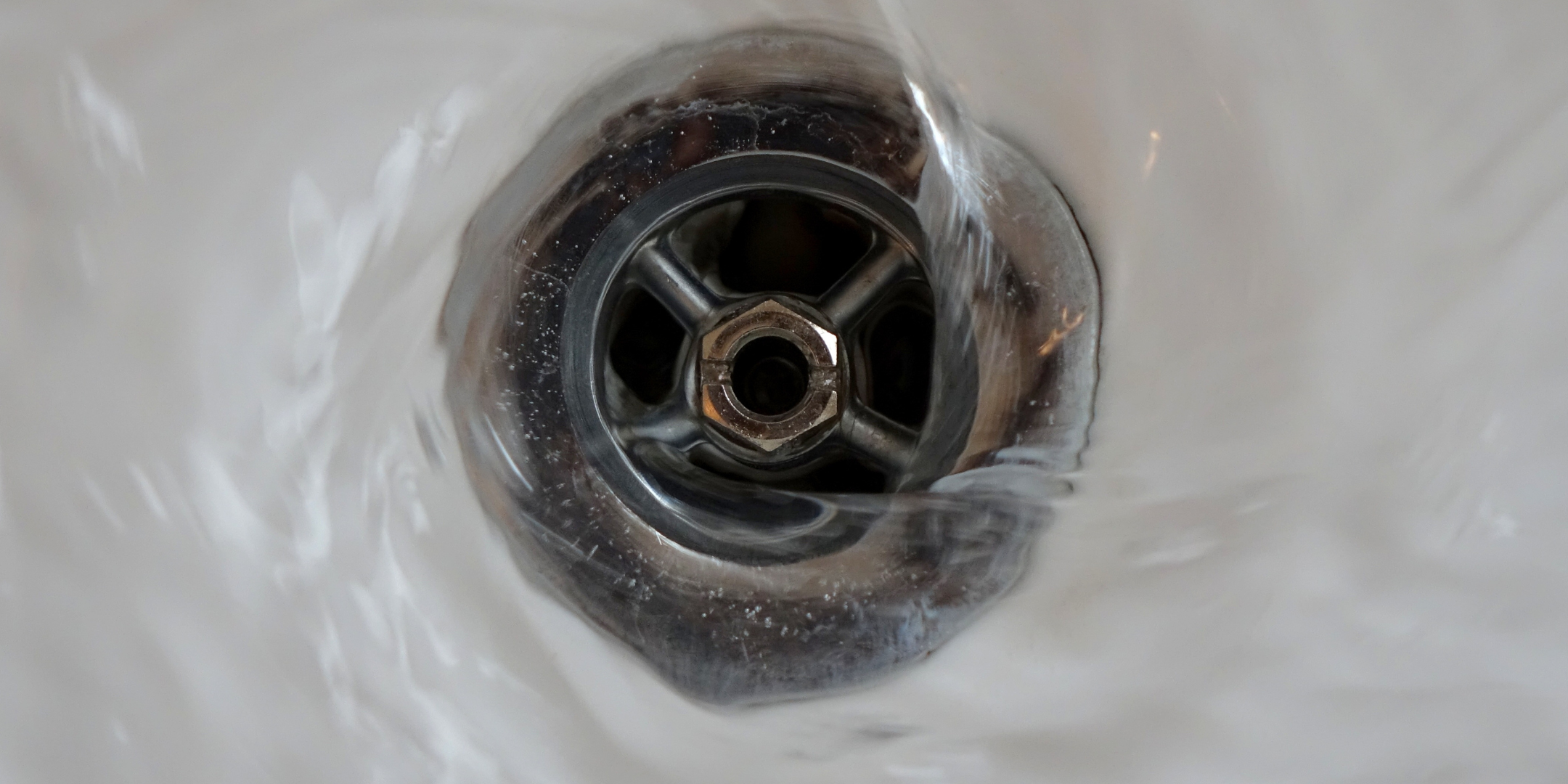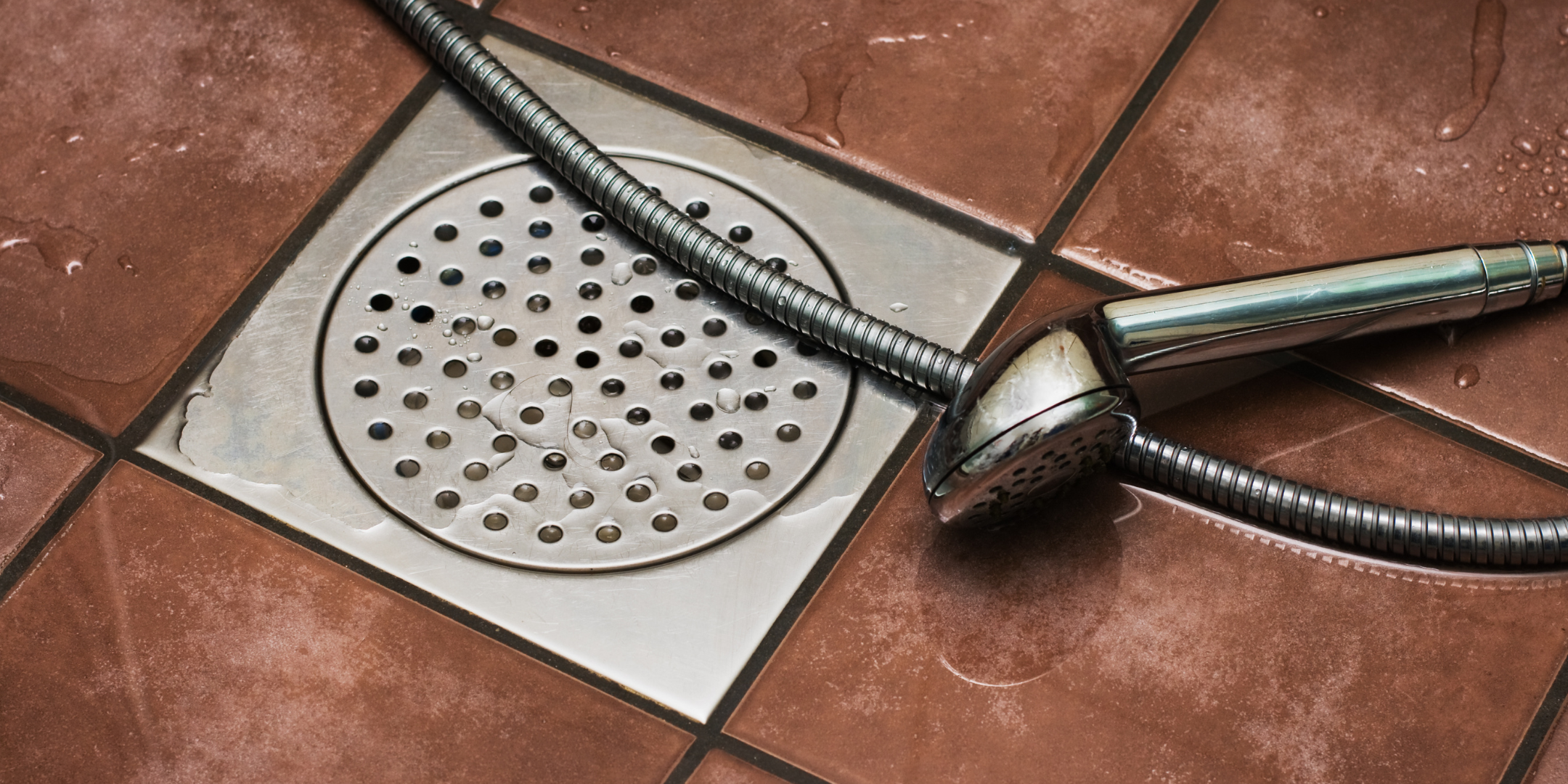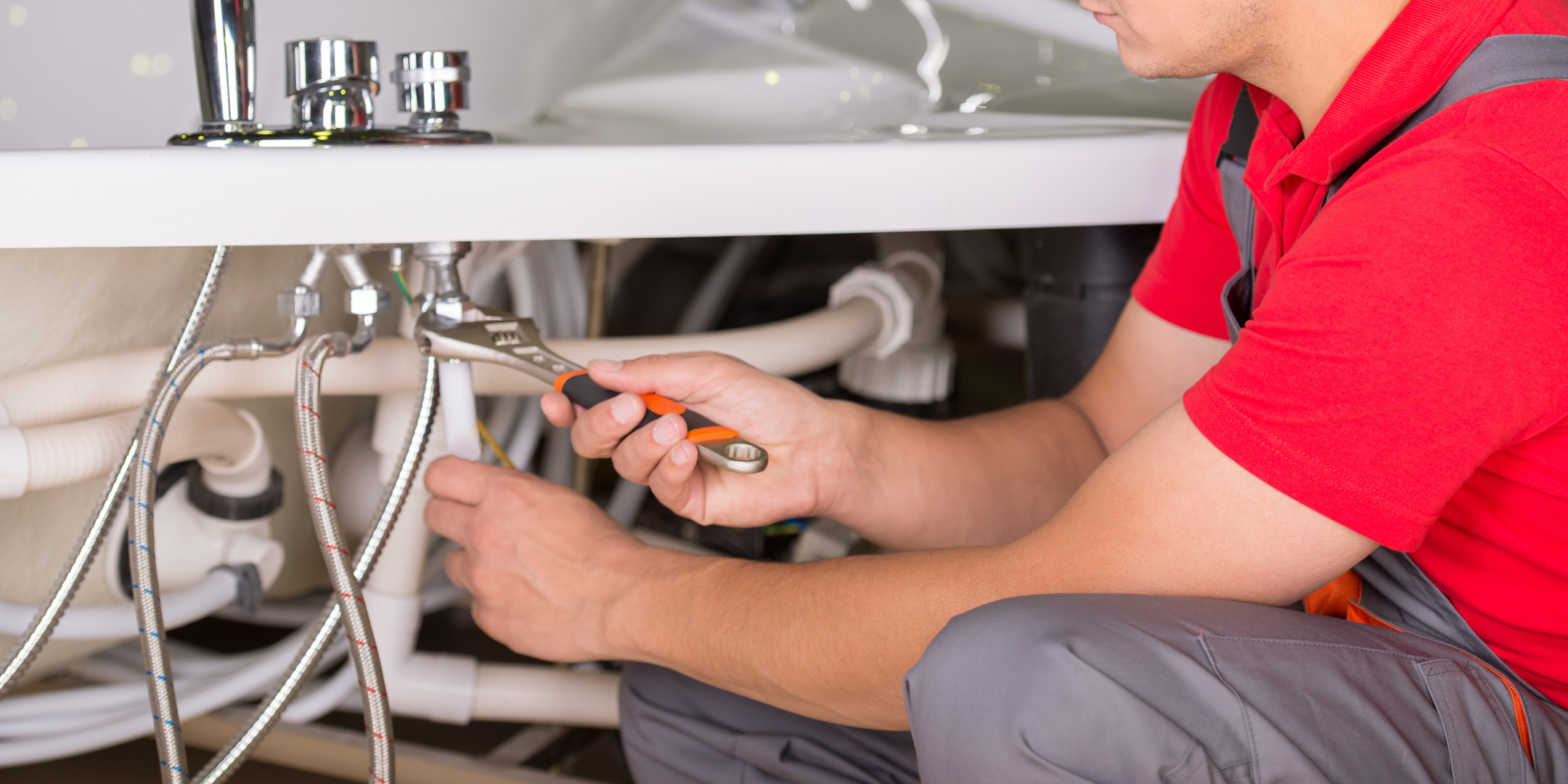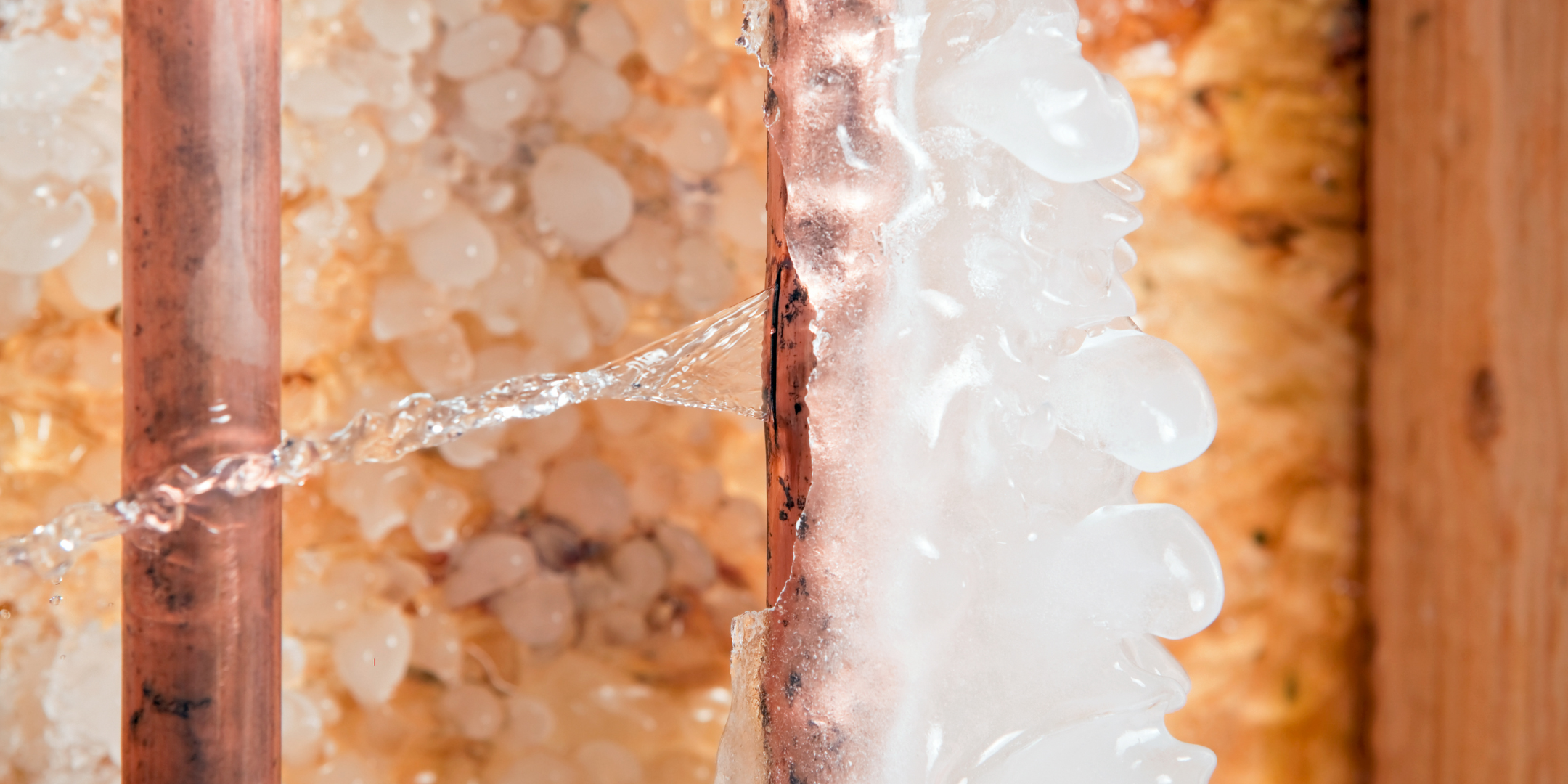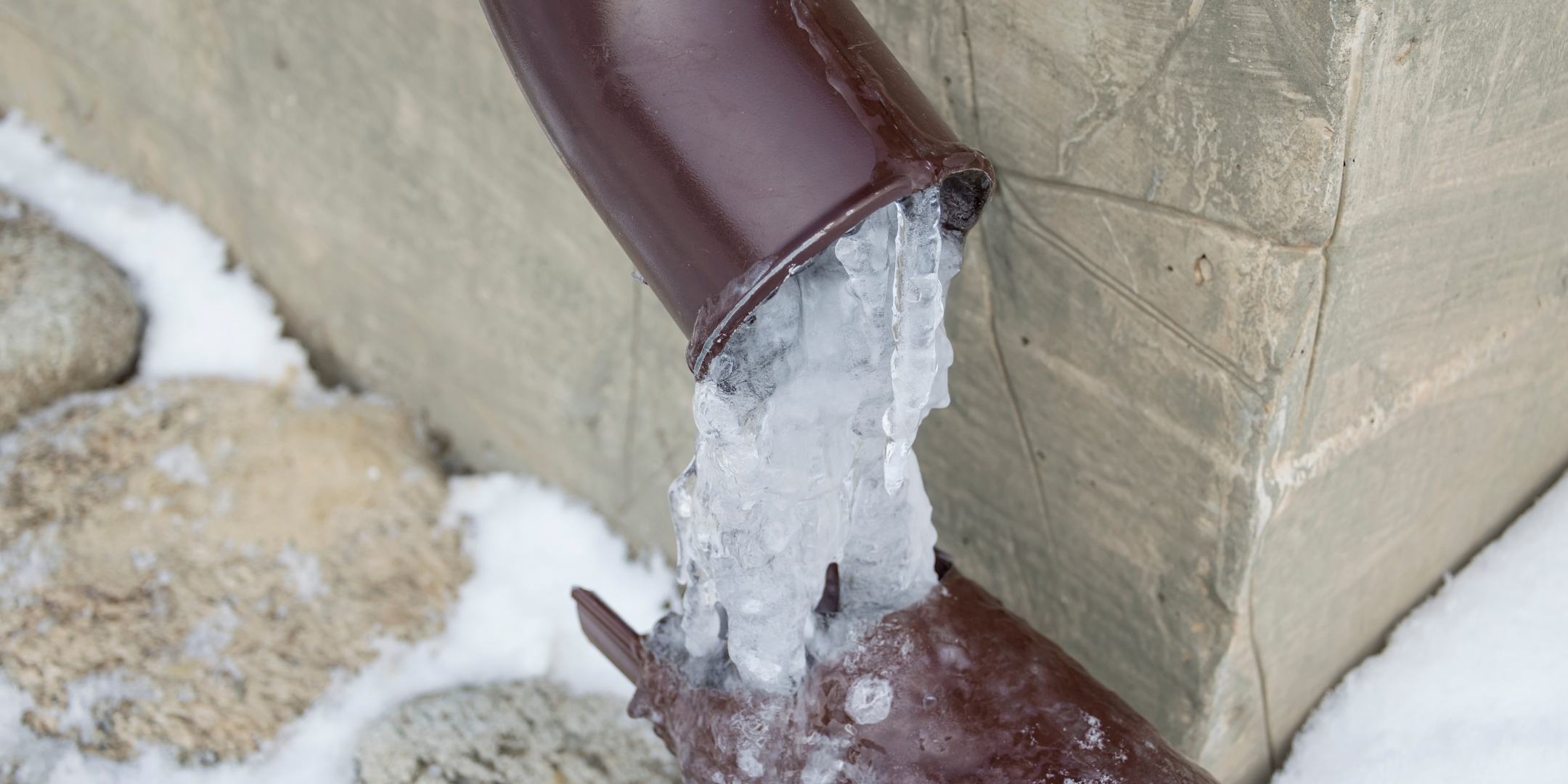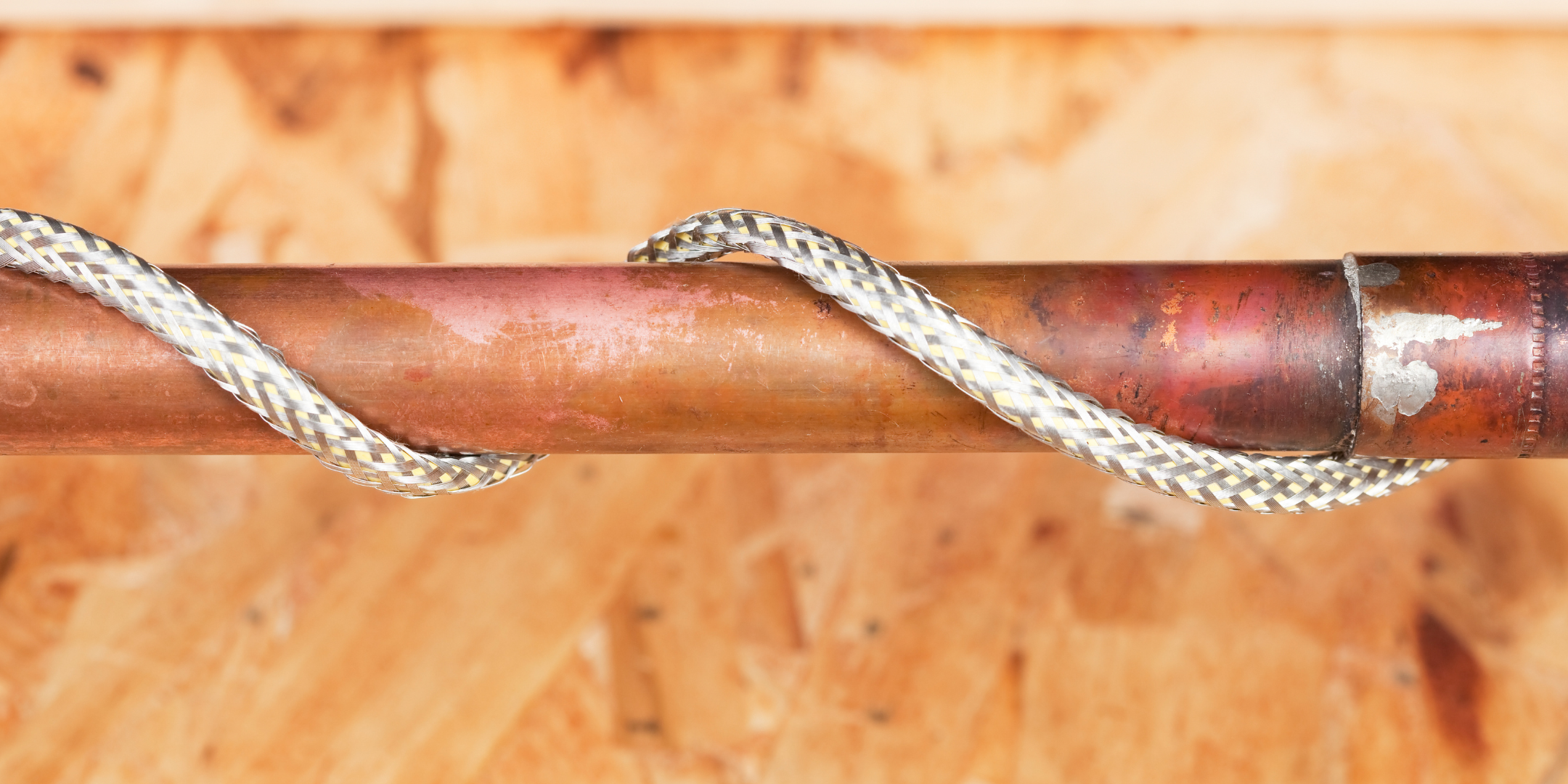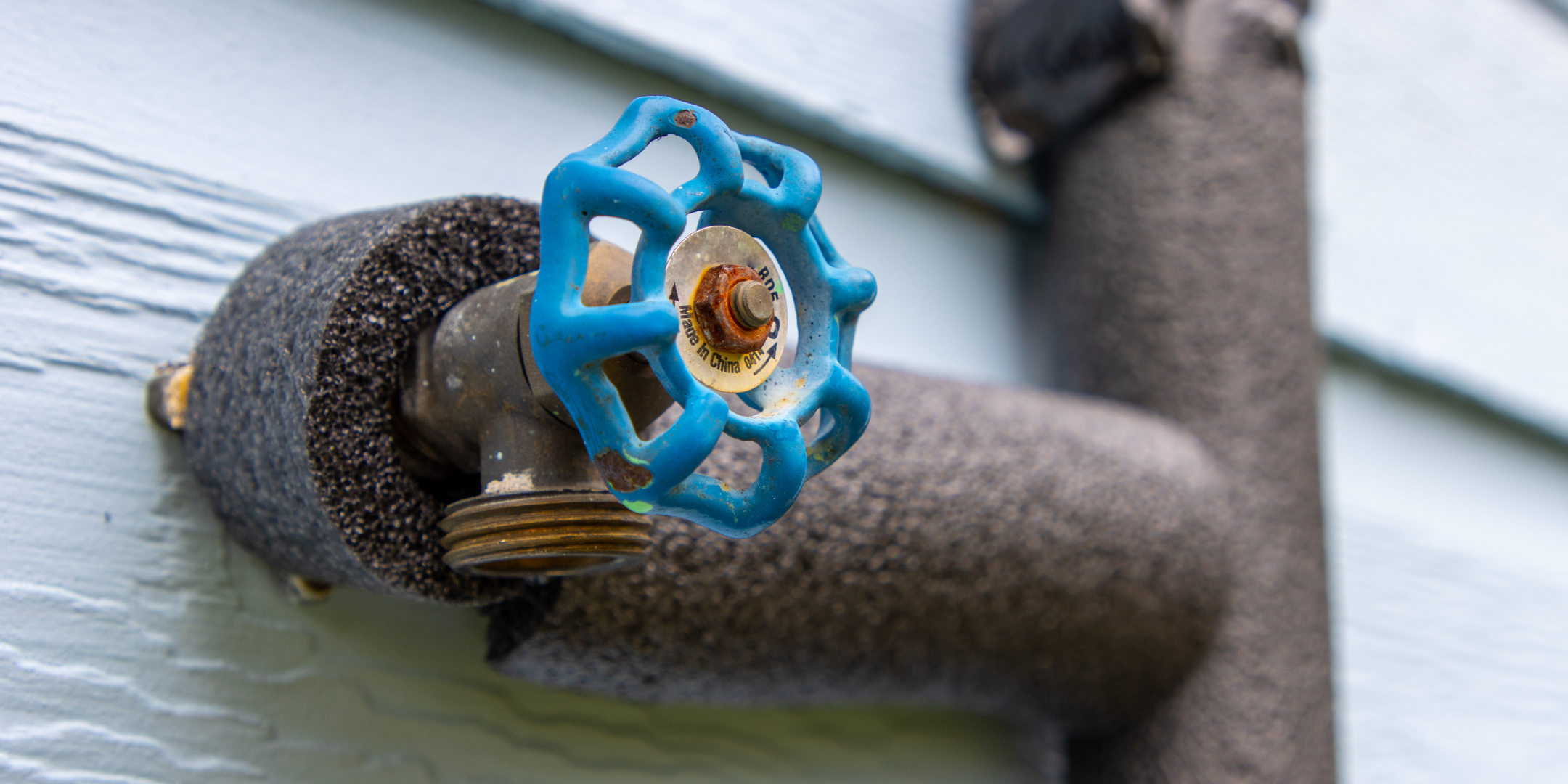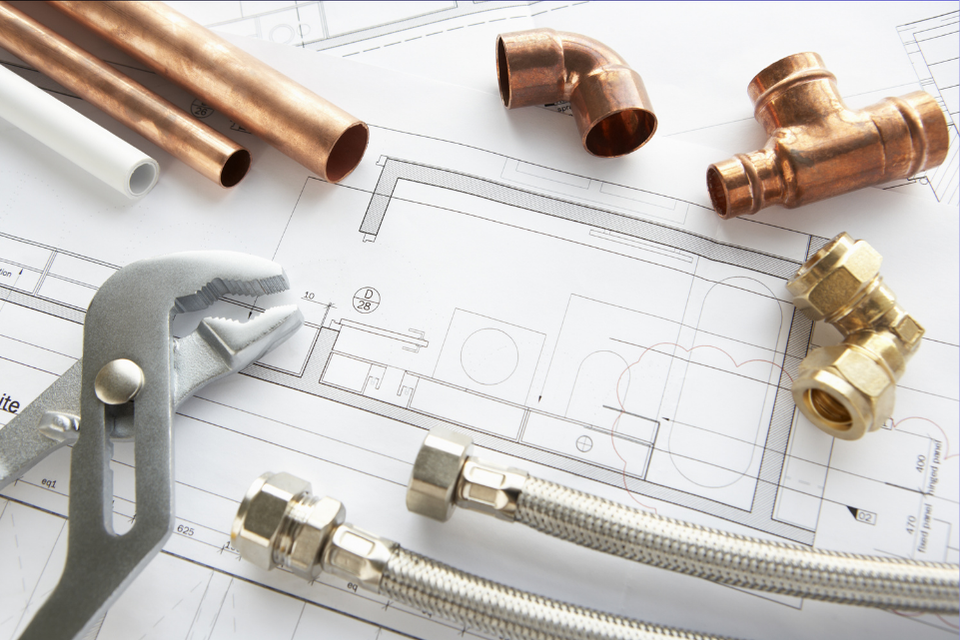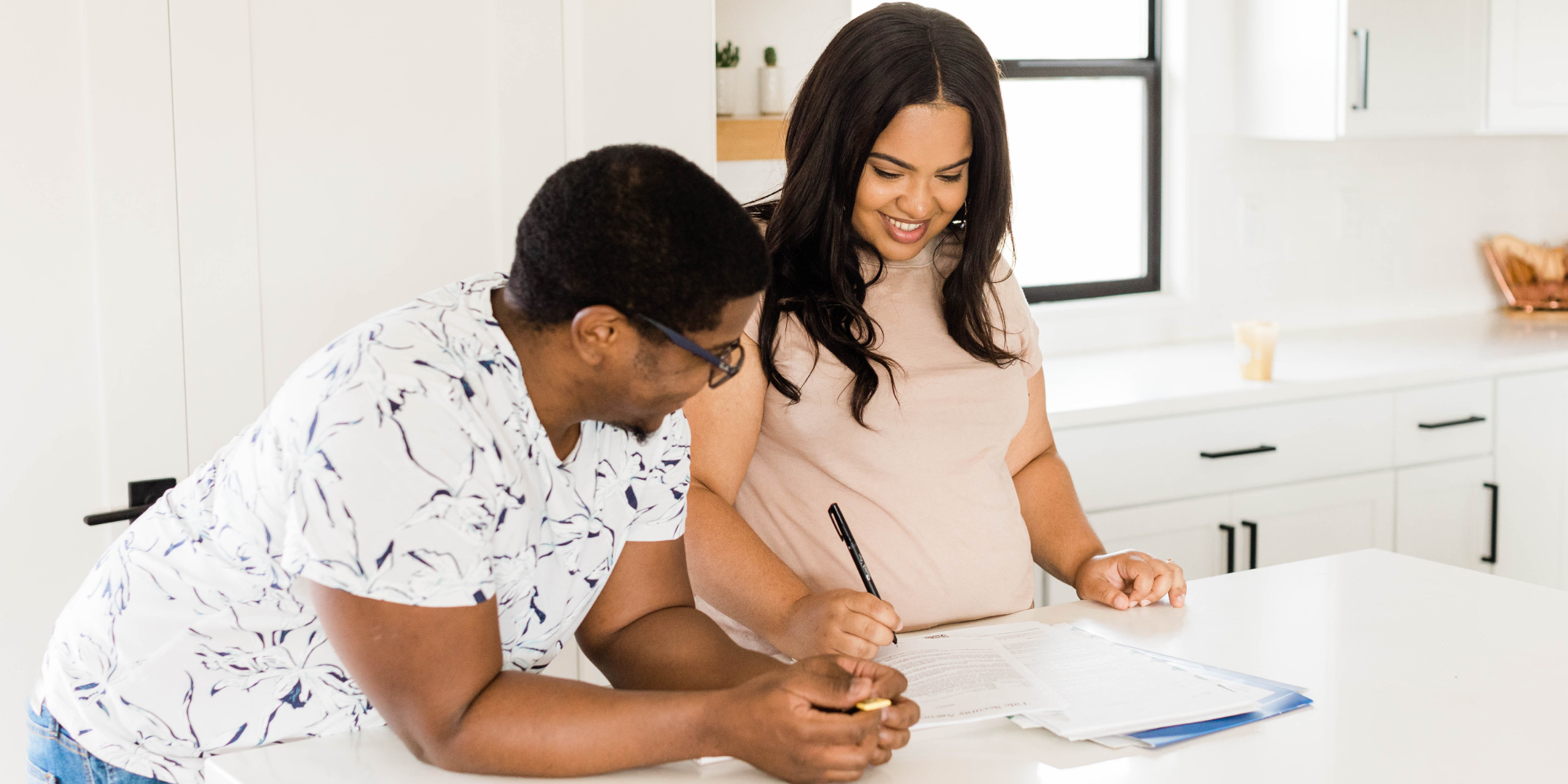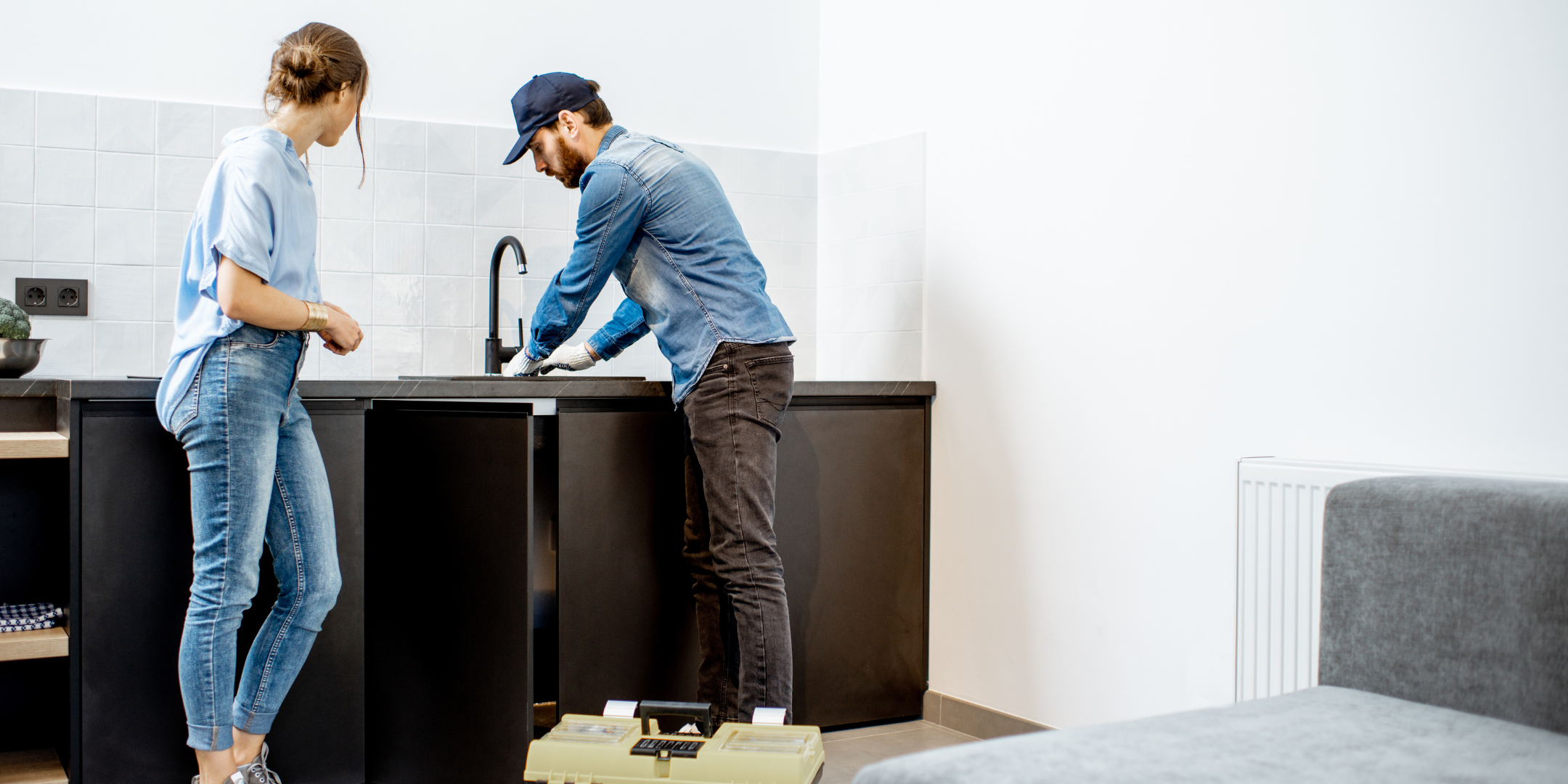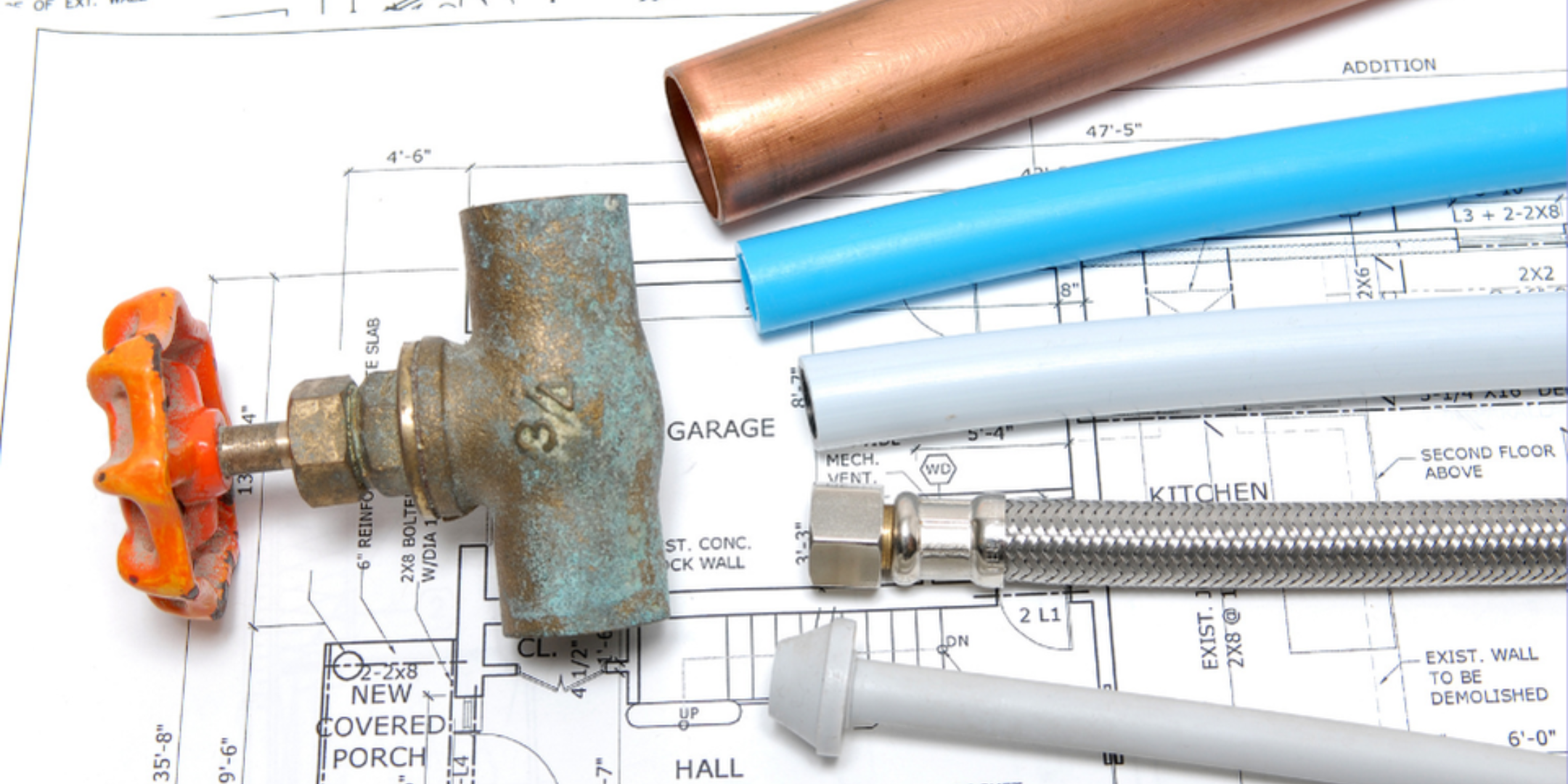Leaving Home for the Holidays? 7 Plumbing Tasks to Do Before You Leave
October 20th, 2025
5 min read
By Daphne Hunt

You’ve got travel plans, bags to pack, and a dozen last-minute details to juggle. What most homeowners don’t realize, though, is that the biggest stress after a trip often isn’t travel—it’s what you come home to. A small leak, a frozen pipe, or a running toilet left unchecked can turn a happy return into a costly cleanup.
don’t realize, though, is that the biggest stress after a trip often isn’t travel—it’s what you come home to. A small leak, a frozen pipe, or a running toilet left unchecked can turn a happy return into a costly cleanup.
At A&E Plumbing, Heating and Air, we’ve spent over 17 years helping homeowners across Oregon and Washington—from Gresham to The Dalles and the Portland Metro—protect their homes through every season. Our technicians have seen how a few simple preventive steps can make the difference between peace of mind and a plumbing disaster.
By the end of this article, you’ll know the seven most effective plumbing tasks to handle before heading out for the holidays—easy, practical steps that keep your home safe, your pipes protected, and your trip truly worry-free.
1. Turn Off Your Main Water Supply (Or At Least the Right Valves)
If you’re leaving home for more than a few days, the smartest move you can make is to shut off your home’s main water supply. When water isn’t running, leaks can’t happen — it’s that simple.
The main shut-off valve is usually located near your water heater, crawl space, or utility room. Turn it clockwise to close. Then, open a nearby faucet (like a sink or bathtub) to relieve leftover pressure in the lines. This keeps water from sitting pressurized in your pipes while you’re away.
If you can’t shut off the entire system — for instance, if you have an automatic irrigation setup or houseplants that need watering — turn off water to specific appliances like sinks, toilets, and washing machines.
Homeowners across Gresham, Hood River, and The Dalles often skip this step, thinking it’s only necessary for older homes. But burst pipes don’t discriminate by ZIP code. Spending two minutes here can prevent a flooded kitchen floor later.
2. Disconnect and Drain Outdoor Hoses and Faucets
Even if temperatures are mild when you leave, Oregon and Washington winters can turn cold overnight, and any water left in a garden hose can freeze, expand, and back up into your home’s plumbing.
any water left in a garden hose can freeze, expand, and back up into your home’s plumbing.
Before heading out:
- Unscrew all outdoor hoses, sprayers, and splitters.
- Drain them completely, then store them in a shed or garage.
- Check hose bibbs (outdoor faucets) for small drips — even minor leaks can freeze solid.
If your home has frost-free faucets, that’s a great start, but they still need to be disconnected and checked. A single unnoticed hose connection can cause internal cracks that won’t show until spring.
Think of this as setting your exterior plumbing into “hibernation mode.” It takes less than ten minutes and prevents one of the most common winter plumbing emergencies in the Gorge area.
3. Protect Crawl-Space Pipes from the Cold
Crawl spaces are your home’s hidden cold zones — and often the first place pipes freeze. In areas like Hood River, Troutdale, and The Dalles, strong Gorge winds can turn these small spaces into icy tunnels overnight.
A few simple steps help protect those pipes:
- Close crawl-space vents to block direct drafts.
- Wrap exposed pipes with foam insulation or towels for an extra layer of warmth.
- Seal air leaks near foundation openings or access panels with caulk or weatherproof tape.
If crawling under the house isn’t your idea of a good time, a professional plumber can inspect these areas quickly before you travel. But even visually checking from the access door can help you spot potential risks.
4. Check Toilets for Leaks Before You Leave
A toilet that runs intermittently might not seem urgent, but over days or weeks away, it can waste hundreds of gallons of water — and in some cases, overflow.
Here’s an easy way to test for hidden leaks:
- Add a few drops of food coloring into the tank (not the bowl).
- Wait 10–15 minutes.
- If you see color in the bowl, your flapper valve isn’t sealing properly.
Fixing it is simple and inexpensive. Most replacement parts are under $20 and install in minutes. Catching this now means you won’t return to an inflated water bill or an unpleasant surprise on the bathroom floor.
5. Set Your Thermostat for Safety, Not Savings
Many homeowners assume turning off their heat while traveling saves money, but it’s one of the biggest winter mistakes. Cold air doesn’t care about good intentions.
Keep your thermostat set to at least 55°F. This baseline temperature keeps the air warm enough to protect interior pipes, even in unheated areas like walls or basements.
If you have a smart thermostat, use its “away” or “eco” mode to maintain consistency. It allows you to monitor the temperature from your phone — ideal for unpredictable Gorge weather, where a mild morning can turn into a hard freeze by night.
Remember: a few extra dollars on heating beats the cost of a burst pipe repair, which can easily run into the thousands.
6. Open Cabinets and Interior Doors
This small action often gets overlooked, but it’s one of the simplest ways to protect plumbing in kitchens and bathrooms that share exterior walls.
Opening cabinet doors under sinks allows warm air to circulate around pipes. Likewise, keeping interior doors open throughout the house prevents cold pockets from forming in unused rooms.
You’re not heating the entire home — you’re keeping air moving, which helps maintain stable temperatures around vulnerable areas. In homes across The Dalles and Gresham, this quick step can mean the difference between dry pipes and frozen ones.
7. Unplug Small Appliances and Check for Drips
When you think “plumbing,” you might not think “power,” but during winter, power surges from storms can damage appliances like dishwashers, washing machines, and even sump pumps.
damage appliances like dishwashers, washing machines, and even sump pumps.
Before leaving, take a quick walkthrough:
- Unplug small kitchen appliances, washers, and dryers.
- Check under sinks, around the water heater, and near your dishwasher for small drips or moisture.
- Drain standing water from the washing machine and dishwasher — stagnant water can freeze or cause odors.
These five minutes give you peace of mind that both your water and power systems are safe while you’re away.
Optional: Schedule a Professional Walk-Through
If your home is older or you’ll be gone for an extended period, a professional plumbing walk-through is worth considering. It’s quick, affordable, and prevents surprises that might be hiding behind walls or beneath floors.
A licensed plumber can:
- Test and label shut-off valves for easy access
- Check crawl-space insulation
- Inspect the water heater for leaks or corrosion
- Confirm that all systems are ready for freezing temperatures
It’s not about overkill — it’s about protection. Homes in the Columbia River Gorge, Hood River Valley, and Gresham areas experience harsh temperature swings that can strain even modern plumbing. A quick inspection now is far cheaper than repairs later.
Holiday Plumbing Checklist: What to Do Before You Travel
| # | Task | Why It Matters | How to Do It | Time Needed | Risk if Skipped |
| 1 | Turn Off Main Water Supply | Stops leaks, burst pipes, and water damage while you’re away. | Locate valve near water heater or crawl space, turn clockwise to close, and open a nearby faucet to release pressure. | 5–10 min | High — a hidden leak can run for days. |
| 2 | Disconnect & Drain Outdoor Hoses | Prevents frozen hoses from backing pressure into indoor plumbing. | Unscrew hoses, drain fully, and store indoors; check outdoor faucets for drips. | 10 min | High — frozen lines can burst inside walls. |
| 3 | Protect Crawl-Space Pipes | Exposed pipes freeze first in Oregon/Washington climates. | Close vents, wrap pipes with foam insulation or towels, and seal air gaps. | 15–20 min | High — frozen crawl-space lines can rupture. |
| 4 | Check Toilets for Leaks | Prevents wasted water and unnoticed overflows. | Add food coloring to the tank; if it appears in the bowl, replace the flapper valve. | 10 min | Medium — small leaks waste hundreds of gallons. |
| 5 | Set Thermostat to 55°F+ | Keeps interior walls and pipes warm enough to avoid freezing. | Leave system running on “away” mode; use smart thermostat if available. | 5 min | High — cold homes risk frozen interior pipes. |
| 6 | Open Cabinets & Interior Doors | Allows warm air to circulate around pipes along exterior walls. | Open sink cabinets and leave interior doors ajar for even airflow. | 5 min | Medium — trapped cold air can freeze pipes. |
| 7 | Unplug Appliances & Check for Drips | Prevents power-surge damage and water pooling in unused appliances. | Unplug washers, dishwashers, and small devices; inspect under sinks and around water heater. | 10 min | Medium — surges or leaks may go unnoticed. |
Travel Confidently, Come Home Stress-Free
You started reading this article thinking about your holiday checklist — maybe overwhelmed, maybe unsure if you’d have time for “extra” home prep. Now, you know that these seven quick tasks are anything but extra — they’re what stand between you and a winter plumbing headache.
if you’d have time for “extra” home prep. Now, you know that these seven quick tasks are anything but extra — they’re what stand between you and a winter plumbing headache.
They don’t require special tools, plumbing knowledge, or an entire afternoon — just a little intentional care before you lock the door.
When you return, you’ll be welcomed by warmth, running water, and a sense of relief that everything stayed just as you left it. If you’re ready to go one step further and understand which winter plumbing tasks are safe to DIY and which really need a professional touch, check out Plumbing Winterization: DIY or Hire a Pro? next. It’s your go-to guide for saving money, staying confident, and knowing exactly when to call in the experts before the next cold snap.
Daphne Hunt holds a bachelor's degree in English and Mass Communication and has a lifelong passion for writing. She thrives on using her skills to craft compelling pieces that inform, inspire, and connect with readers.
Topics:





